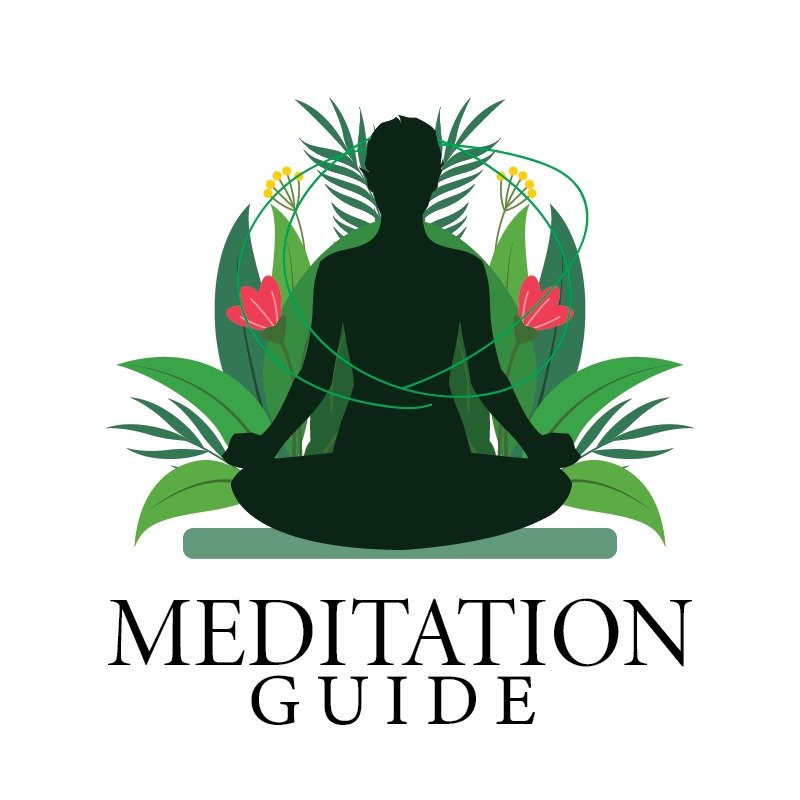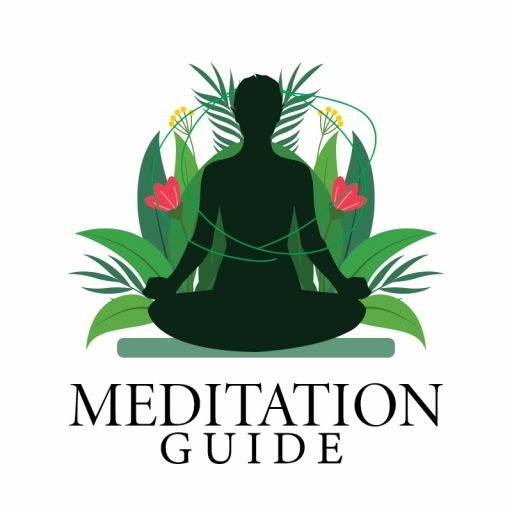
Guided Imagery is a technique that helps you work with your thoughts, feelings, and emotions to achieve specific goals. Similar to how guided meditation works, Guided Imagery can be used for relaxation, creative thinking, and personal growth.
However, the practice of Guided Meditation is often religious or spiritual in nature and does not require an image or audio guide to work. Creative visualization is a similar technique that uses imagery but is not the same as Guided Imagery because it does not require an audio guide to work.
While they may use similar techniques like guided thought or creative thinking, there are many differences between Guided Imagery and Guided Meditation.
Importance of Guided Imagery & Guided Meditation
While the benefits of both practices are similar, guided meditation is a more structured process and requires discipline. With a little effort, you can get a lot out of guided imagery.
It’s easier to do and offers a goal-directed narrative. It is also more portable and requires less concentration than guided meditation. Below are some pros and cons of both practices.
There are numerous benefits of guided meditation. According to the Journal of Clinical Nursing, “guided imagery has the potential to improve quality of life and ease chronic pain.” Further, it can improve patients’ quality of life.
Compared to meditation, guided imagery is more effective at reducing stress. It is effective for people suffering from mental or physical illnesses. Besides, it helps to relax them. It is helpful in both cases.
Guided imagery is a free therapy that is effective for people with a variety of problems. It can help relieve stress and get people in a more positive state of mind.
It is also a free, accessible, and convenient way to relieve stress. And it can help increase resilience to stress. While there are some drawbacks, it’s worth knowing the benefits of each. With the right guidance, you can benefit from both.
In contrast to meditation, guided imagery is more effective for reducing stress. While meditation helps in relieving anxiety, it doesn’t cure all kinds of stress.
For example, it can decrease smoking relapse, but it is a proven technique. Researchers who study both methods have found that they both have positive effects on the body. The benefits of both are often mutually exclusive, and there is no single method that can help all types of individuals.
The Benefits of Guided Imagery
The benefits of guided imagery are many, and they can be incredibly valuable. Patients who experience chronic pain can benefit from it for a variety of reasons. Often, it can help to improve their self-esteem and develop creative crafts. Other people use guided imagery to heal from physical ailments.
Although the benefits are many, they can be subtle, but powerful. There are a number of ways that this technique can help people. In addition to treating pain, guided imagery can be used to improve a person’s mood, reduce stress, and overcome anxiety.
A guided imagery session can also help a person overcome their fears. When someone experiences a stressful event, they can use guided imagery to relax. In many cases, a person can practice this technique in front of a waterfall. Another benefit of using guided imagery is that it can calm them down.
Using a meditation device, a practitioner can access the subconscious mind and relax. A guide can help a person to control their body processes.
Guided imagery is a valuable tool in the fight or flight response. The brain uses the fight or flight response to relax and overcome pain. It also can decrease stress hormones and reduce anxiety.
While the body does not need to avoid danger or fear, guided imagery is helpful in lowering the levels of stress and reducing anxiety and depression. By calming the mind, a person can increase the body’s resistance to pain.
Another benefit of guided imagery is the ability to improve a person’s pain tolerance. When a patient is experiencing a stressful event, they may find it difficult to breathe comfortably. If they can relax, they are more likely to be able to cope with it.
A patient with post-laminectomy syndrome may use this technique to improve his or her overall health. With practice, the patient will improve his or her ability to deal with stress and anxiety.
In the long term, guided imagery can be a very powerful tool for reducing blood pressure, improving the quality of life, and creating a more confident, happy life. Besides bringing about healing and transformation, the benefits of this therapy can even be as effective as pharmaceuticals.
It can help a person with a migraine. With the right tools, this form of exercise can also create an ideal outcome. With the help of a trained professional, the patient can use their intuition and experience a healthy and productive lifestyle.
The Benefits of Guided Meditation
For many people, the benefits of guided meditation include stress reduction, improved sleep, and decreased risk of chronic illnesses. It also helps people become more present with their children and family. Though it requires patience and practice, guided meditation is an extremely beneficial technique for both body and mind.
This type of meditation is widely used in healing the body and mind and has been around for centuries. The technique is also said to relieve anxiety. It is easy to understand why it is so effective in reducing chronic pain, enhancing the quality of life, and decreasing the risk of obesity and binge eating.
Besides promoting physical and mental health, guided meditation also enhances the power of imagination. By following the instructions of a trained guide, a person can improve his or her response to pain. During a guided meditation, the user is encouraged to focus on breathing deeply, without falling asleep.
The benefit of guided meditation is that it can help people learn how to handle pain skillfully and reduce their tendency to exaggerate.
If you want to relax and release tension, a guided meditation session can help you accomplish this goal. Although a beginner may have difficulty completing a focused meditation session alone, the benefit of a guided meditation session is that it puts the teacher in charge.
There are some common characteristics of guided meditation that make it so effective. It enables people to bring the focus back to their lives, enabling them to apply the principles learned in a guided meditation.
A guided meditation will help you to increase your focus and awareness. It is the best way to learn how to sustain attention. The guide will teach you how to bounce back from distractions and difficult emotions. It will also enable you to learn to meditate more consistently. The benefits of guided meditation are numerous.
The first benefit is that it can increase your concentration. A guide will help you to focus and maintain your attention. The second benefit is that a guided meditation will also allow you to interact with other people and form bonds.







